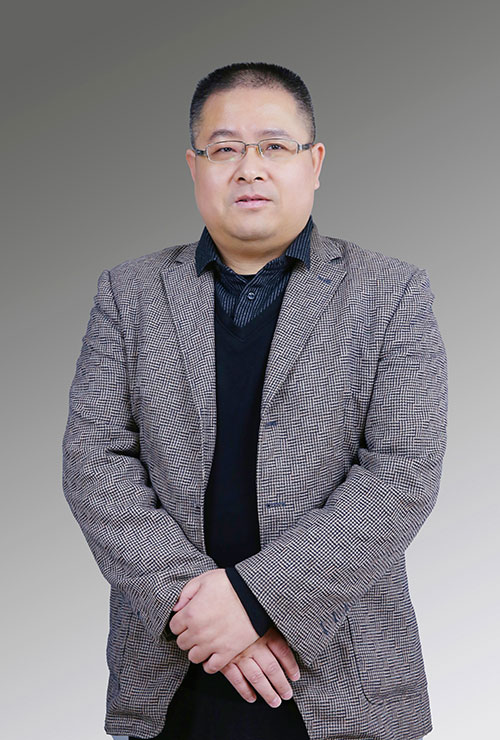Search

1. 2021-08~Present, Chongqing Institute of Green and Intelligent Technology, Chinese Academy of Sciences, Researcher;
2. 2019-02~2020-02, Nanyang Technological University in Singapore, Research Fellow;
3. 2016-09~2017-02, Institute of Semiconductor, Chinese Academy of Sciences, Visiting Scholar;
4. 2014-10~2021-07, School of Physics in Chongqing University, Associate Researcher;
5. 2010-09~2014-09, School of Physics in Chongqing University, Lecturer;
6. 2007-09~2010-07, State Key Laboratory for Superlattices and Microstructures, Institute of Semiconductors, Doctor of Science;
7. 2004-09~2007-07, School of Mathematics and Physics in Chongqing University, Master of Science;
2000-09~2004-07, School of Mathematics and Physics in Chongqing University, Bachelor of Science.
1.Semiconductor physics and device physics;
2.Optical and photoelectric properties in semiconductors;
3.Physics of low-dimensional semiconductors (including nanowires, quantum dots and superlattices, etc.);
4.Density functional theory (DFT) and First-principles calculation of photoelectric properties of novel two-dimensional semiconductor materials and their heterojunctions.
1. Wen Xiong, Xiulai Xu, Junwei Luo, Ming Gong, Shushen Li, and Guangcan Guo, Fundamental Intrinsic Lifetimes in Semiconductor Self-Assembled Quantum Dots, Physical Review Applied 10, 044009 (2018);
2. Lele Gong, Wen Xiong, Yiqun Xie, Jie Hu, Pu Huang, and Fei Wang, The large photoresponse and high polarization sensitivity of Te-based optoelectronic devices with the adsorbed hydroxide ions, Applied Physics Letters 118, 221109 (2021);
3. Jie Hu, Wen Xiong, Congzhong Cai, Jianwei Wang, Junjun Li, Yiqun Xie, and Yin Wang, Optical response of Te-based monolayer materials from first principles, Applied Physics Letters 115, 151104 (2019);
4. Cunyuan Jiang, Zhiyao Yang, Wen Xiong, and Fei Wang, Effect of strain engineering on magnetism-induced valley splitting in WSe2 based on the WSe2 /CrSe2 heterojunction, Applied Physics Letters 119, 162101 (2021);
5. Cunyuan Jiang, Wen Xiong, Chong Li, Chunyao Niu, and Fei Wang, Uniaxial strain induced symmetry lowering and valleys drift in MoS2, New Journal of Physics 23, 053007 (2021);
6. Jie Hu, Wen Xiong, Pu Huang, Yin Wang, Congzhong Cai, and Jianwei Wang, First-principles study on strain-modulated negative differential resistance effect of in-plane device based on heterostructure tellurene, Applied Surface Science 528, 146957 (2020);
7. Dinghao Ge, Ronghui Luo, Xiaoxia Wang, Liang Yang, Wen Xiong, and Fei Wang, Internal and external electric field tunable electronic structures for photocatalytic water splitting: Janus transition-metal chalcogenides/C3N4 van der Waals heterojunctions, Applied Surface Science 566, 150639 (2021);
8. Wen Xiong, Jianwei Wang, Weijun Fan, Zhigang Song, and Chuanseng Tan, The theoretical direct-band-gap optical gain of Germanium nanowires, Scientific Reports 10, 32 (2020);
9. Wen Xiong, Weijun Fan, Zhigang Song, and Chuanseng Tan, The Theoretical Optical Gain of Ge1-xSnx Nanowires, Physica Status Solidi-Rapid Research Letters 14, 1900704 (2020);
10.Leyong Yu, and Wen Xiong, Absorption spectra and exciton g factor of InAs1-xNx nanowires in a magnetic field, Applied Physics Express 15, 065001 (2022).